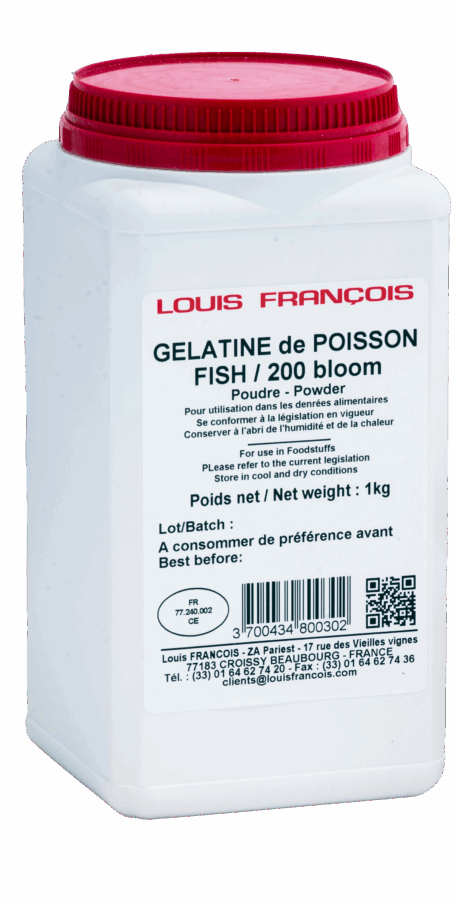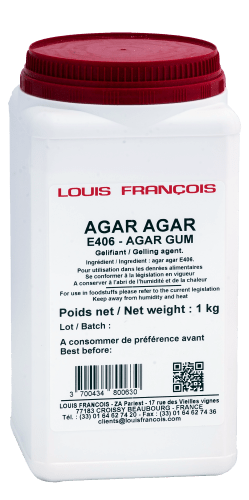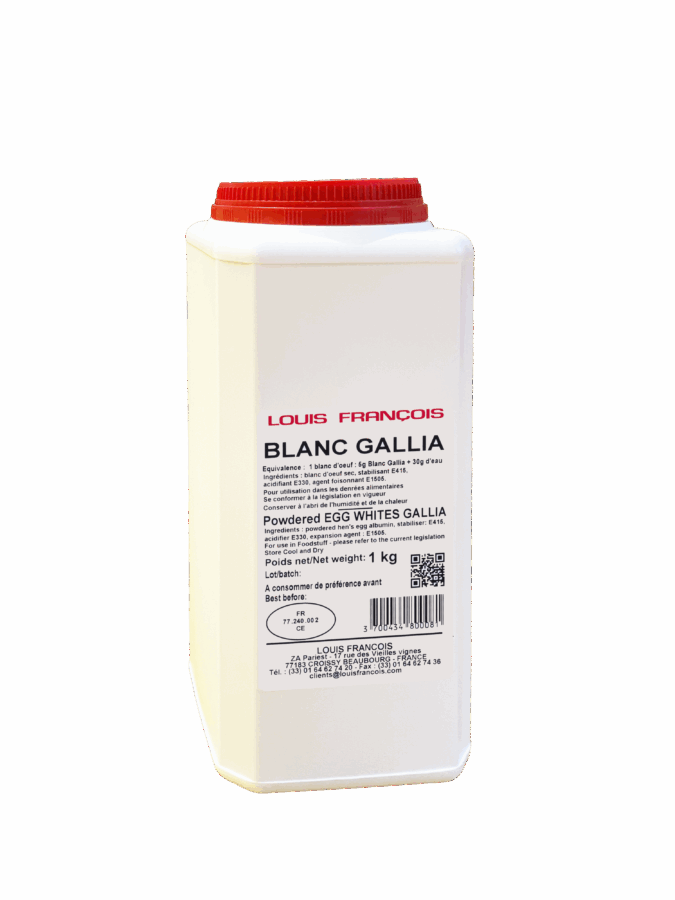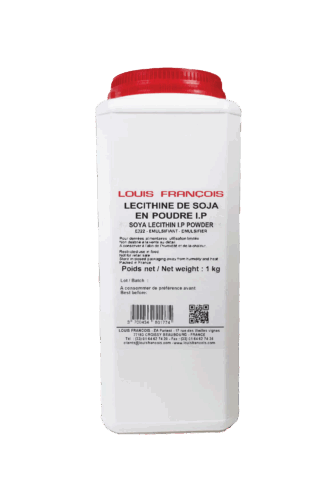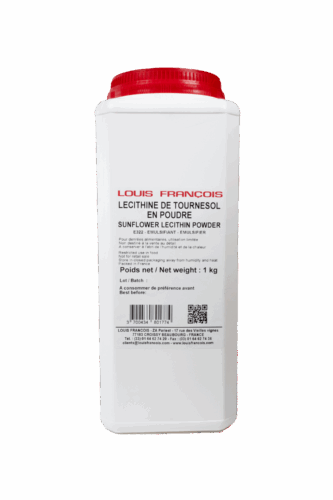Glucose syrup DE40
Applications : Confectionery and chocolate candy, biscuits, pastries, coatings, toppings/icings, pastries, fillings, etc.
Properties : Improved softness and melting, anti-crystallizing and moderate sweetening power.
Dosage : Between 4 and 10%.
The
product in detail
Description
Glucose syrup is obtained by hydrolysis of corn or wheat starch.
The DE40 indicates the level of hydrolysis which can be between 0 and 100.
In the case of DE40, the syrup is clear, colorless, and quite viscous.
At equivalent dosage, this syrup is less sweet (-30/40%) than beet or cane sugar syrup.
Louis François glucose syrup has many properties:
- Anti-crystallizing
- Adds softness and melting texture
- Lowers water activity (Aw)
- Reduces the sweet taste
Dosage and application
Dosage will vary according to use.
Typically used between 4 and 10%, the dosage should be adapted according to the applications:
- 6% in a marshmallow recipe
- 8% in a fruit paste
There are some exceptions, however, particularly for toppings where the syrup will be incorporated at between 10 and 40%.
Availability
Kosher
Packaging and storage
Packaging options
- 1kg (item code: 10139)
Protect from moisture and heat in closed packaging. Protect from light.
Applications
Applications on offer
Confectionery and chocolate sweets, biscuits, pastries, coatings, toppings/icings, pastries, fillings, etc.
Do you have any questions about this product?
"It is used to: • Prevent sugar crystallization in confectionery and ice cream. • Improve the texture and softness of baked goods and pastries. • Stabilize preparations and extend their shelf life. • Give shine and flexibility to toppings and glazes."
Heated to 35-40°C, it becomes more fluid and easier to mix.
The DE 40 value means that it contains a balance of polysaccharides and simple sugars. It is less sweet than DE 60 or 90 syrups, but more texturizing and less fluid than higher DE glucose syrups.
No. Its sweetening power is approximately 40% less than that of white sugar (sucrose), which allows for added texture without oversweetening the final product.
No, it's a natural ingredient derived from the hydrolysis of starch. It's commonly used in the food industry for its functional properties, not as a sweetener.
Yes! It improves the texture of sauces, stabilizes marinades, and promotes beautiful caramelization on grilled meats.

Louis François tip
Add 5 to 10% DE 40 glucose syrup to your cake, brioche, and madeleine recipes for a soft, moist texture that lasts for several days. - Bonus: Its low sweetening power improves the texture without increasing the sweetness.


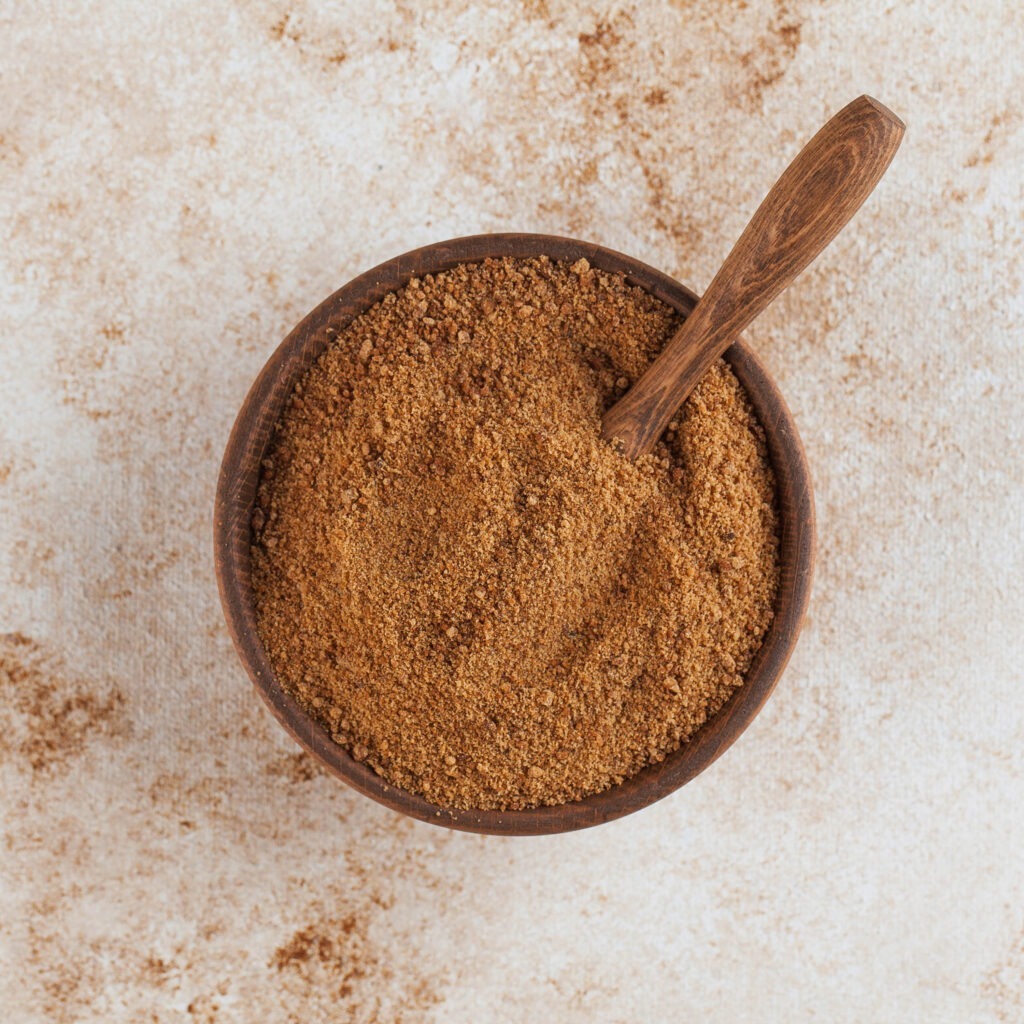
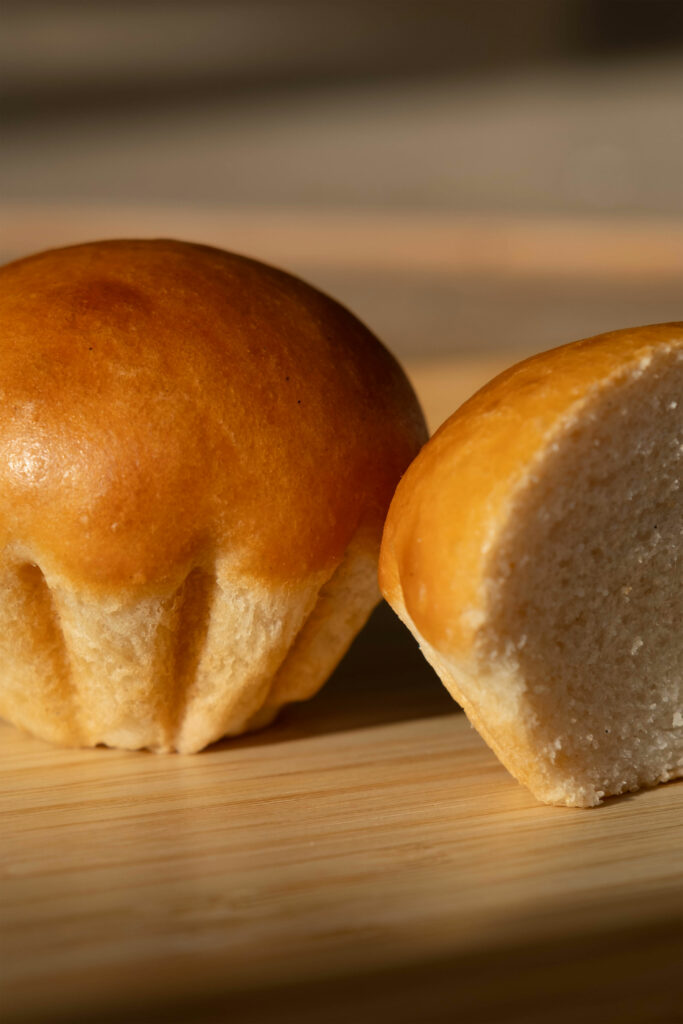

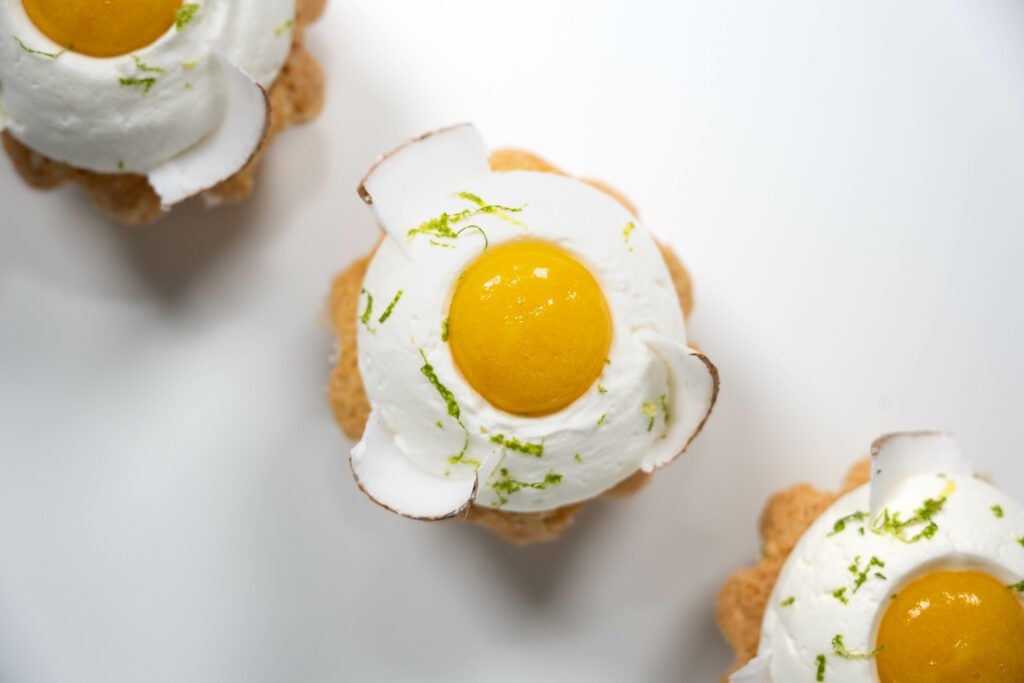
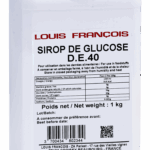

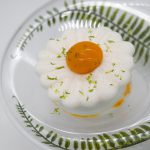
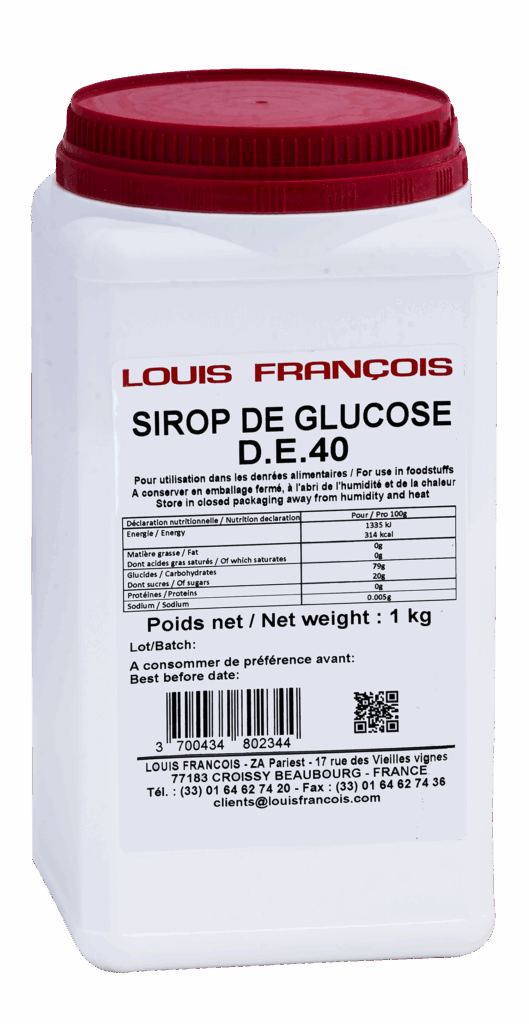
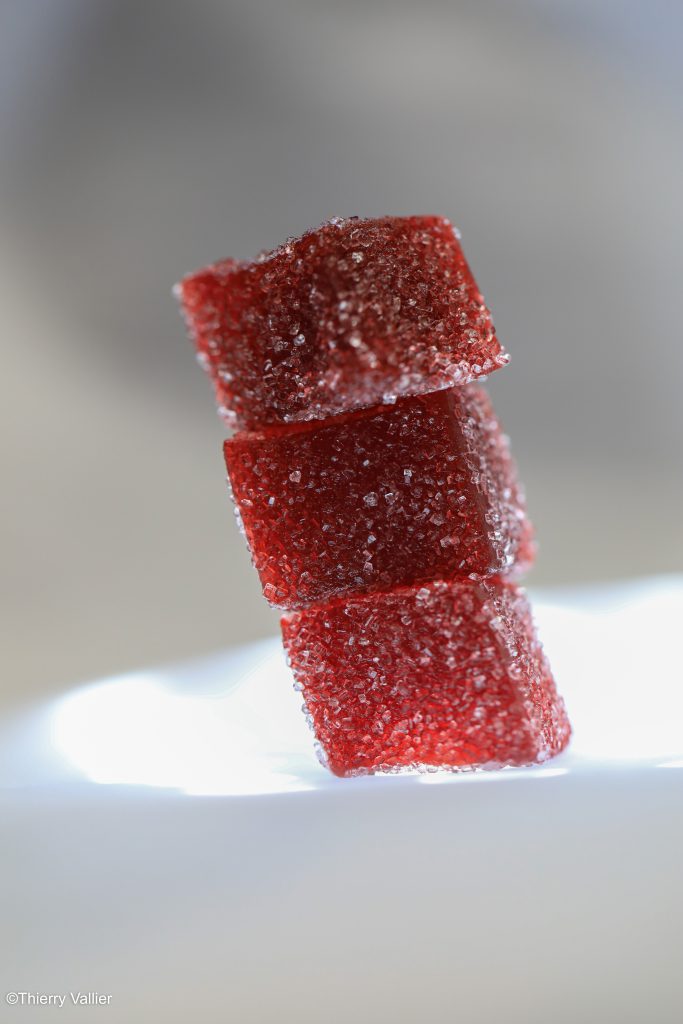
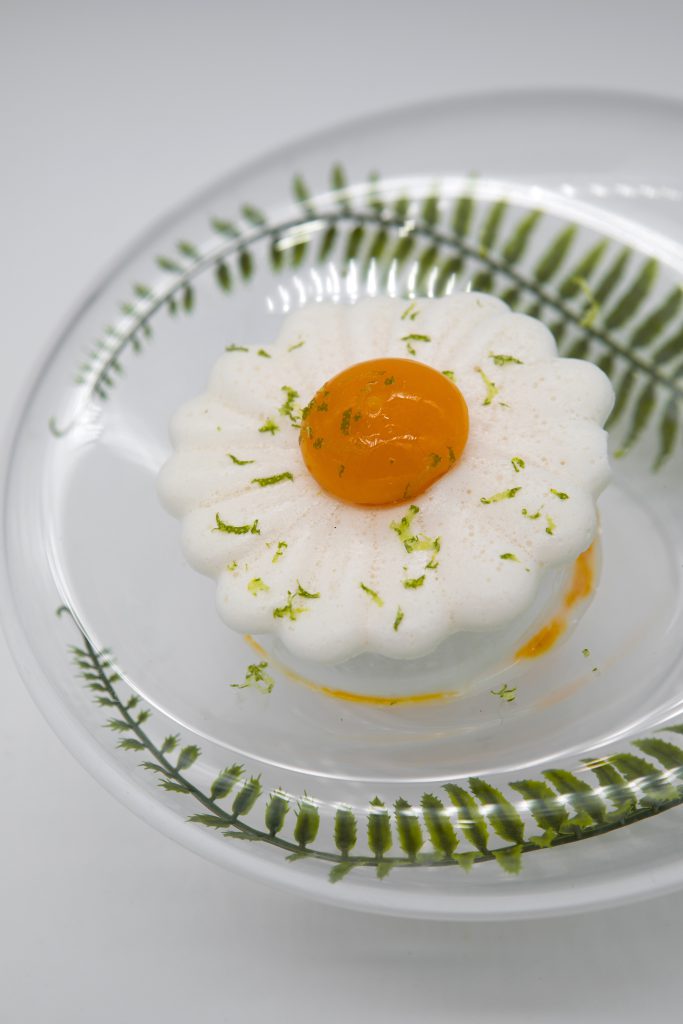


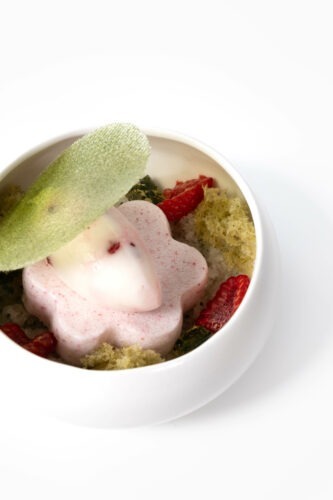


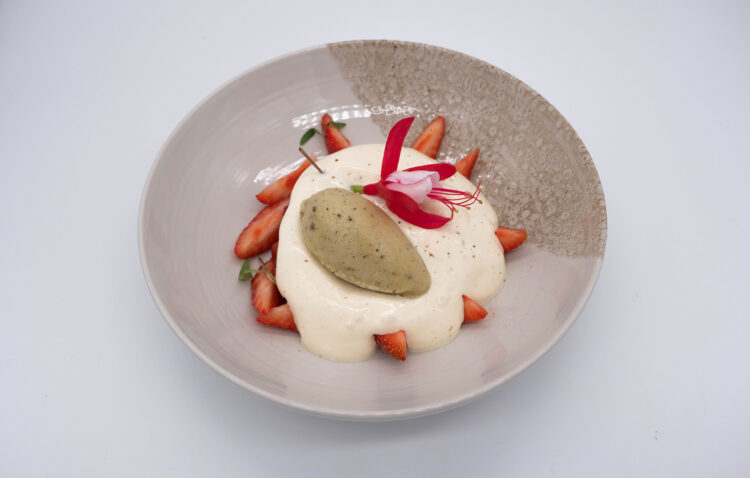
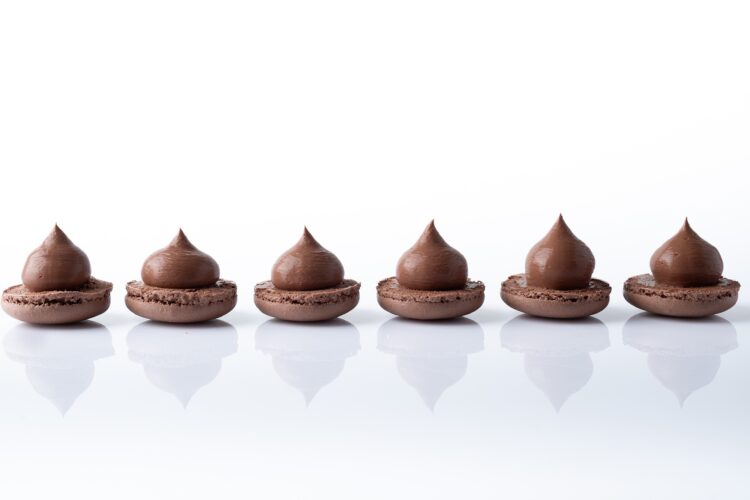
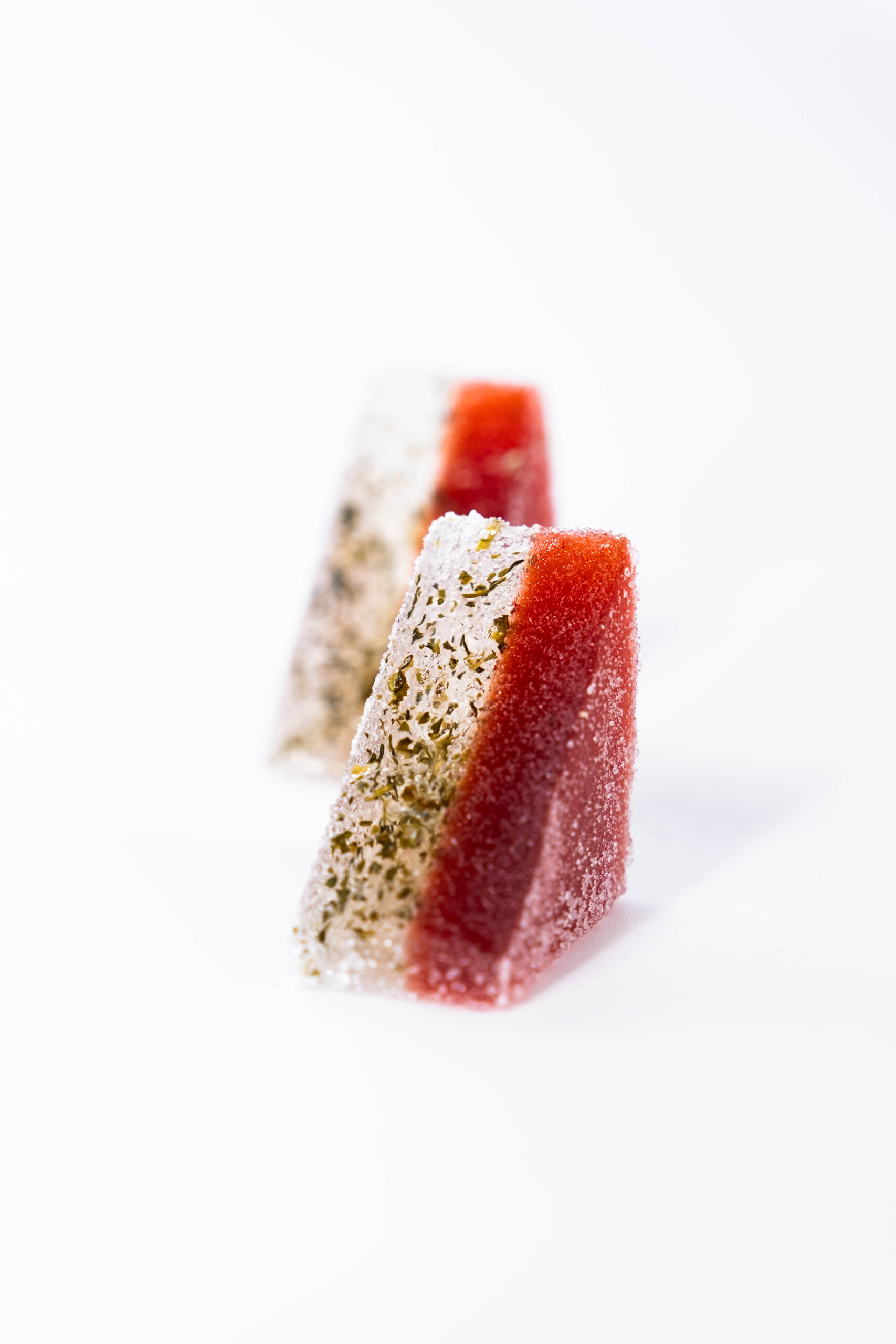
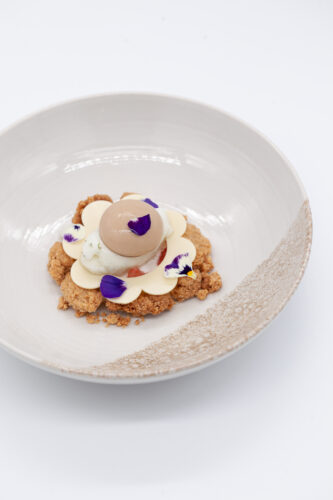
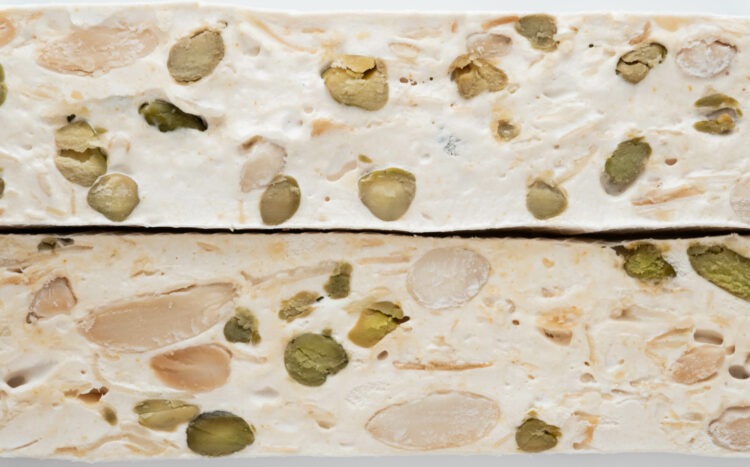
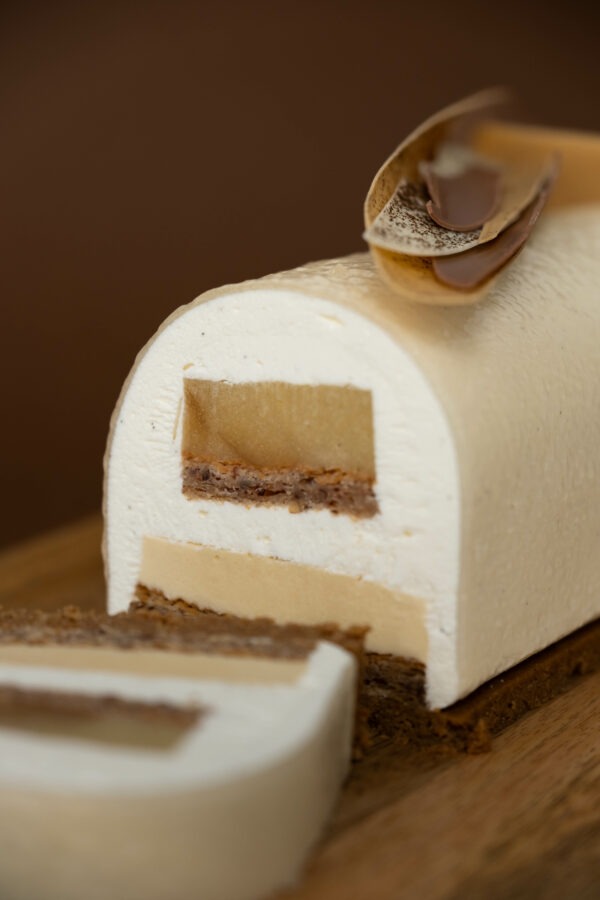
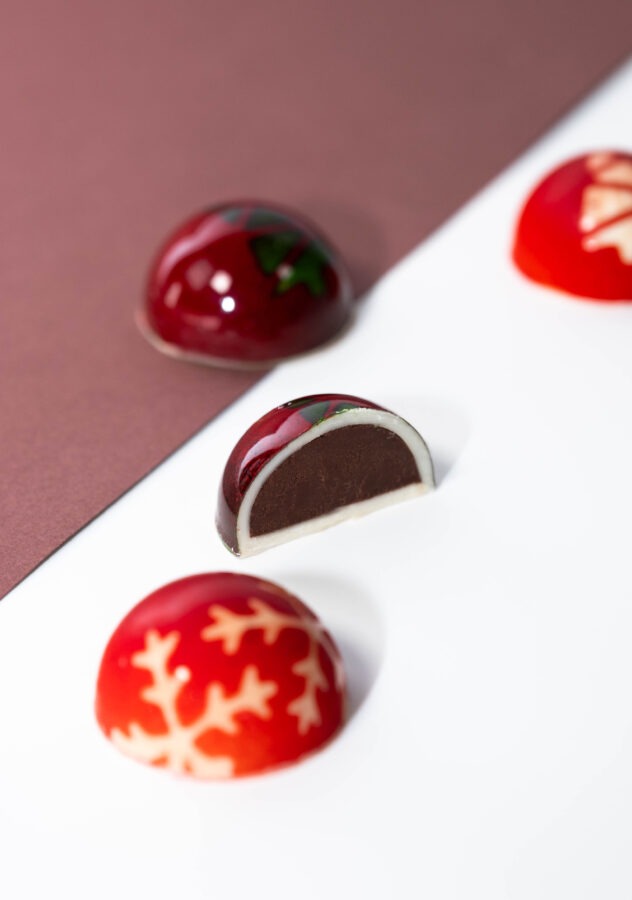
 Textures
Textures